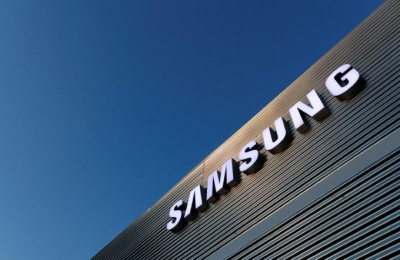Samsung develops 'MicroLED on Silicon' for AR headset
By IANS | Published: October 17, 2022 03:57 PM2022-10-17T15:57:02+5:302022-10-17T16:05:14+5:30
San Francisco, Oct 17 Samsung is reportedly developing "MicroLED on Silicon" (LEDoS) for augmented reality (AR) headsets. The ...

Samsung develops 'MicroLED on Silicon' for AR headset
San Francisco, Oct 17 Samsung is reportedly developing "MicroLED on Silicon" (LEDoS) for augmented reality (AR) headsets.
The OLED (organic light-emitting diode) displays have been used in VR headsets for years, but now the company is developing next generation technology for AR displays that will be based on MicroLED. Currently, glass is used as the base for displays rather than silicon, reports GSMArena.
The South Korean tech giant's long-term objective is to create LEDoS screens with 6,600 pixel-per-inch (ppi) resolution, the report said.
According to Kim Min-woo, the leader of the Samsung Display group, 5,000 ppi is the minimum need for AR displays, and the space between pixels must be five micrometres or less. The subpixels for red, green, and blue should not be larger than three micrometres.
Samsung Display is creating OLED on Silicon (OLEDoS) panels in addition to LEDoS. However, MicroLED is brighter and hence more suited for AR applications, the report said
The difference between augmented reality (AR) and virtual reality (VR) is that AR integrates virtual items into the actual environment and needs to match the brightness of the light around the user.
On the other hand, VR only uses virtual reality because the VR screen isolates the user from the outside world, and lesser brightness can be effective.
Disclaimer: This post has been auto-published from an agency feed without any modifications to the text and has not been reviewed by an editor
Open in app